Rock Springs Uplift and Adjacent Areas
Introduction
The major part of southwestern Wyoming is occupied by the Greater Green River basin (which extends into northern Colorado), bordered by the Idaho-Wyoming fold-and-thrust belt to the west, the Wind River range and the Sweetwater arch to the north, the Rawlins uplift and the Sierra Madre mountains to the east and the Uinta mountains to the south. At its center, the Rock Springs uplift separates the Green River basin (stricto sensu, a subbasin within the Greater Green River basin) to the west from the Great Divide basin to the northeast, the Washakie basin to the east and the Sand Wash basin to the southeast. These four subbasins correspond to synclines, while the Rock Springs uplift is an anticline, all resulting from the Laramide orogeny, which spanned over 30 million years from the Late Cretaceous to the Eocene.
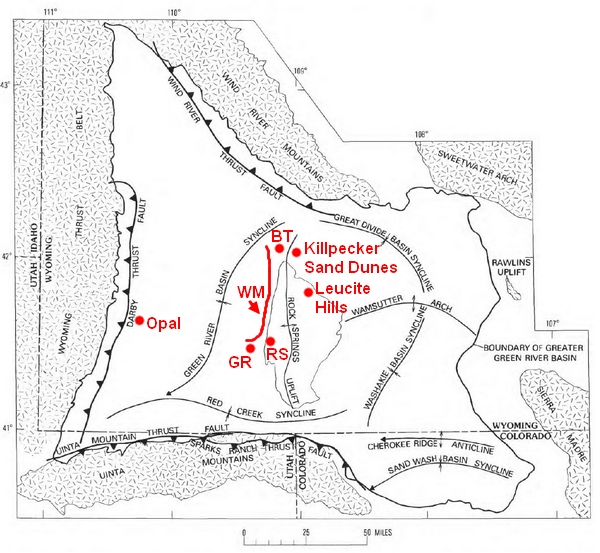
Figure 1-1. Greater Green River basin, Wyoming.
Red circles indicate the locations of the photos. BT-Boars Tusk, GR-Green River (city), RS-Rock Springs, WM-White Mountain. Adapted from Roehler (1992).

Figure 1-2. Cross-section of the Green River basin, Wyoming
Cross-section at the latitude of Rock Springs from 110 degrees W to Rock Springs. Elevations from sea level. GRV: Green River valley; RS: Rock Springs; RSU: Rock Springs uplift; WM: White Mountain. pC: Precambrian basement (pink). pal: Paleozoic rocks (Cambrian: pink; Mississippian and later: blue). JK: Jurassic (pale blue) and Cretaceous (green, yellow). T: Tertiary (Paleogene; tan and orange). Adapted from the 30x60 min. geologic map of Rock Springs.
1 Green River basin
The Archean Wyoming craton or province, with rocks as old as 3.6 Ga, underlies the whole state of Wyoming, except its southeastern corner. During the eras following the Archean, sediments accumulated on top of the Archean basement. In southwestern Wyoming, the Green River basin covers the basement with kilometers of sediments which accumulated from the Proterozoic to the middle Eocene. Starting in Late Jurassic time, the region was part of the Western Interior Basin or Seaway, a wide sea which lied on present central North America and at times connected the Arctic ocean to the Gulf of Mexico. At the same time (~140Ma), the Greater Green River basin became the foreland of the Sevier fold-and-thrust belt (eastern Idaho and western Wyoming), where the lithosphere flexured as a consequence of the subduction the Farallon plate under North America, while the sediment load induced more subsidence. The Sevier orogeny is thought to have ended at ~50Ma (early Eocene). Meanwhile, as the Farallon slab migrated eastward beneath the North American plate, a new orogeny, the Laramide orogeny (first called the Laramide "Revolution" by Love, 1960) had begun in Late Cretaceous time in central Wyoming, east of the fold-and-thrust belt, creating basement uplifts (e.g. the Wind River Range), arches (the Rock Springs uplift) and basins (e.g. the Green River basin s.s., the Great Divide basin, etc.). Estimates about the end of the Laramide orogeny range from 55Ma to 35 Ma (Early to Late Eocene). The West Interior Basin was then cut off in many separate basins; the Green River basin was one of them and was occupied by a vast lake, Lake Gosiute, where lacustrine sediments were deposited (a map showing Lake Gosiute's maximum extent can be found in Bradley, 1964, p A36).
1.1 Overview
Although a basin surrounded by mountains, the Green River basin has the appearance of a plateau, carved by rivers like the Green River, the Killpecker Creek, the Hams Fork, etc. in wide valleys bordered by steep cliffs. Its altitude is around 2000-2200 m (6500-7500 ft). Its rather flat surface is made of two major lower-middle Eocene formations, the Bridger and Green River formations, both mostly lacustrine or fluvial (top layers on the cross-section, fig. 1-2).
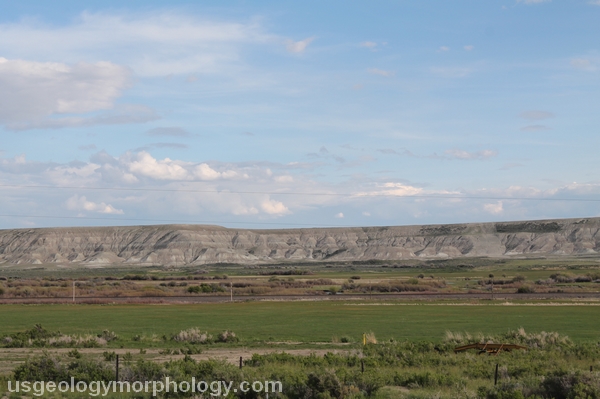
Figure 1-3. Green River basin west of Opal, Wyoming.
View across the Hams Fork valley to the south. The valley is filled with Quaternary alluvium (Qal). In the background the Bridger formation lower unit "A" (Tba, middle Eocene) forms the major part of the cliff and splits the Laney member of the Green River formation (middle Eocene). The Bridger formation contains mudstone, claystone, siltstone, and sandstone. The bottom of the slope belongs to the lower part of the Laney member (Tgll) and the very top to the upper part of the Laney member (Tglu); both consist of middle Eocene limestone and marlstone with thin sandstone interbeds. Abbreviations from the Kemmerer 30x60 min. geologic map.
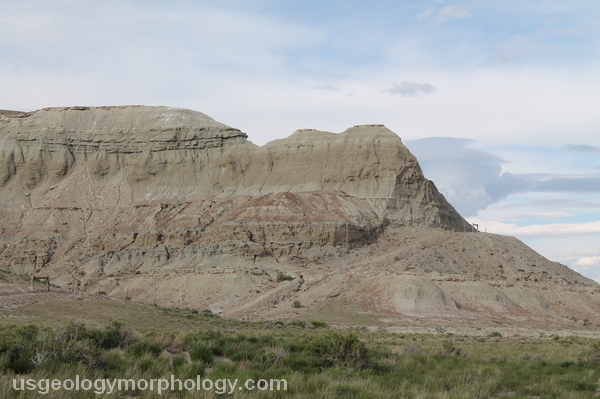
Figure 1-4. Green River basin northeast of Opal, Wyoming.
View to the northeast from Opal. Hams Fork valley in the foreground (Quaternary alluvium, Qal). Middle Eocene lower member ("A", Tba) of the Bridger formation at the base of the cliff (gentler part of the slope). Middle Eocene upper Laney member (Tglu) of the Green River formation in the upper part (steeper slope). Quaternary gravel (Qg)forms a thin layer on the plateau. See the descriptions of the formations above (figure 1-2). Abbreviations from the Kemmerer 30x60 min. geologic map.
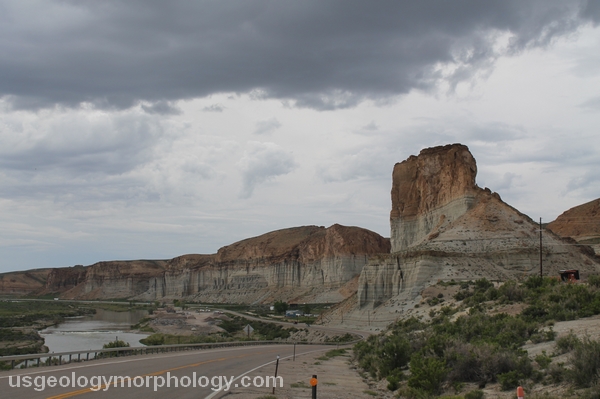
Figure 1-5. The Palisades and Tollgate Rock, northwest of Green River, Wyoming.
View to the north. Green River at left. Tollgate Rock in right foreground, Palisades in background. The Green River incised its valley into the Green River plateau; here, the northern bank of one its meanders is a steep cliff named the Palisades. Brown tuffaceous sandstone of the Sand Butte Bed (Tgl) of the lower Laney member of the Green River formation tops the softer gray Wilkins Peak member (Tgw; sandstone, shale and marlstone) of the Green River formation. Tollgate Rock has been carved out by the erosion at the intersection of the main valley with a short canyon. Abbreviations from the Rock Springs 30x60 min. geologic map.
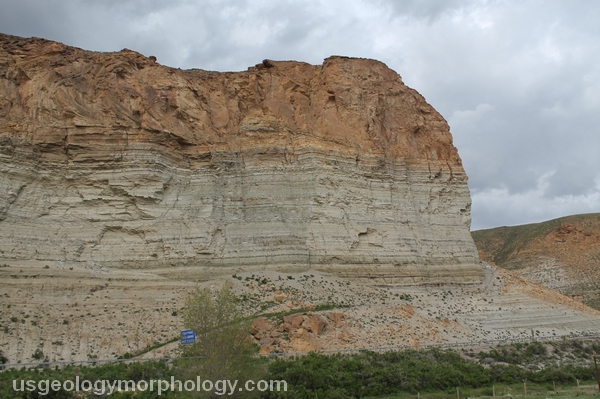
Figure 1-6. The Palisades, northwest of Green River, Wyoming.
Close-up of the section of the Palisades in the center of figure 1-5. View to the northeast.
